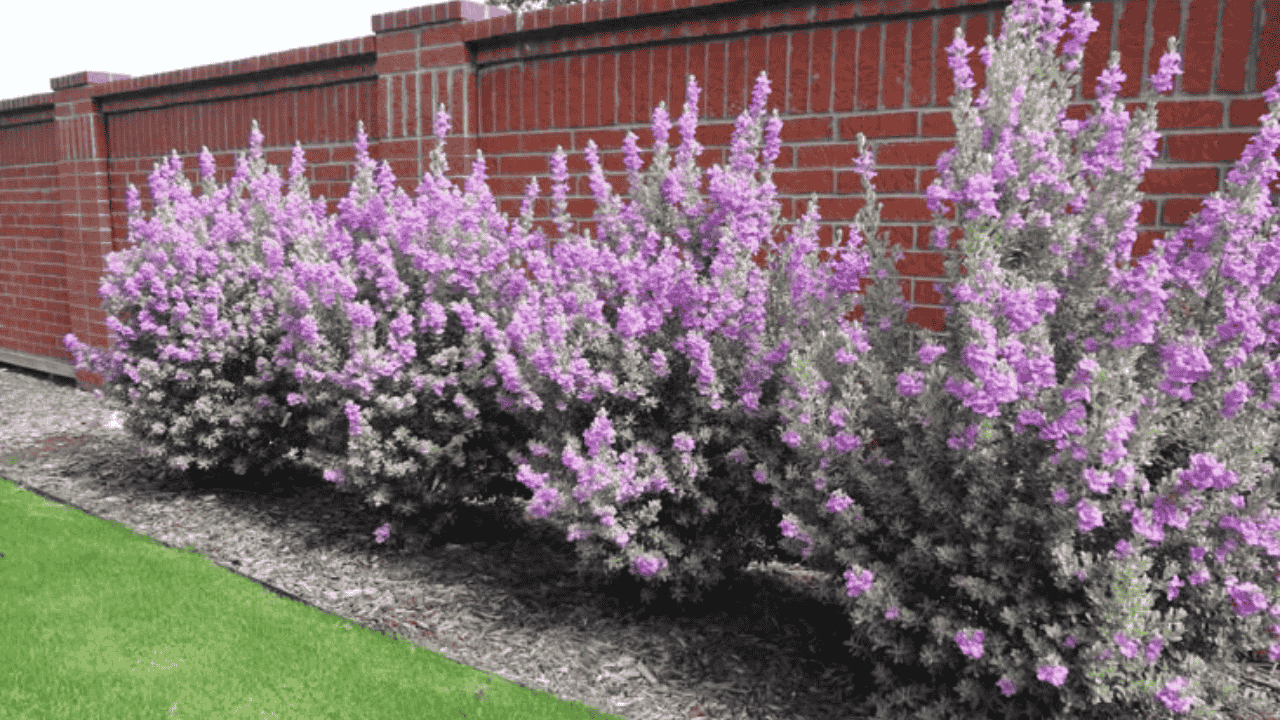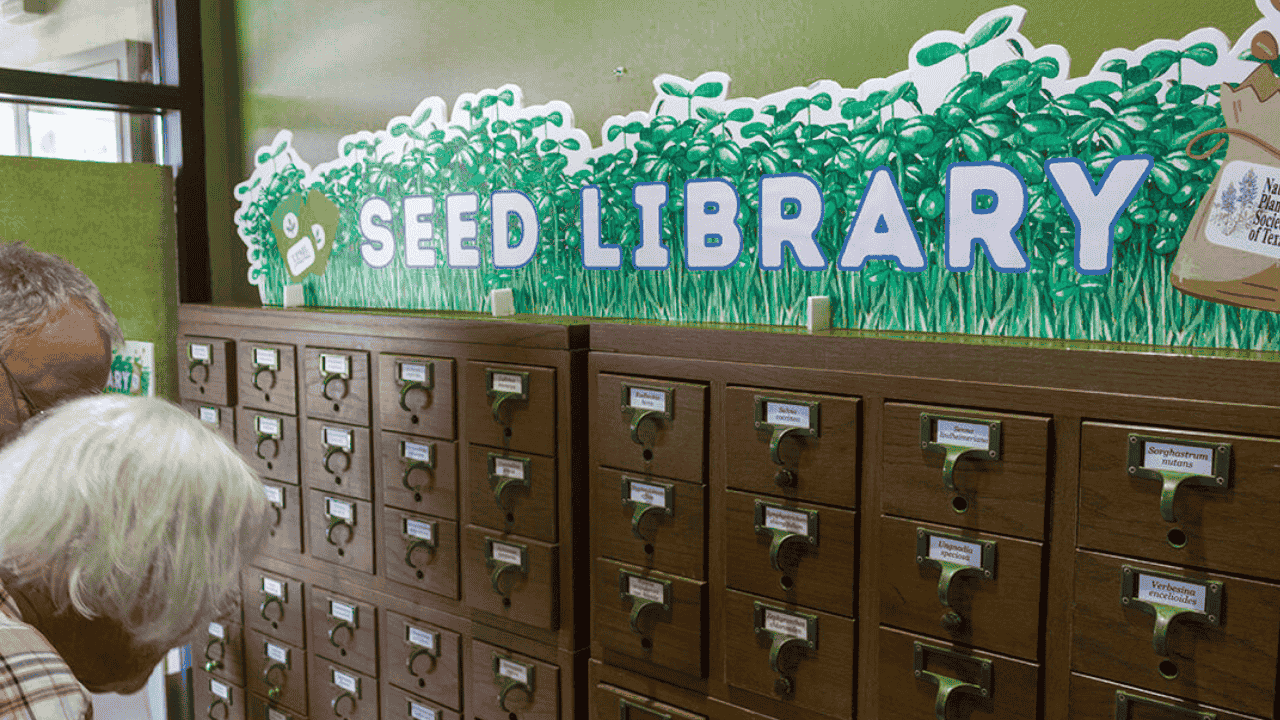Texas sage (Leucophyllum frutescens), also known as cenizo or barometer bush, is a tough, low-maintenance shrub loved for its silvery leaves and beautiful purple blooms. Native to the southwestern U.S. and northern Mexico, it’s naturally adapted to hot, dry climates — making it a go-to plant in many Texas and desert-style landscapes.
But if you’re growing Texas sage in USDA Zone 7, things aren’t always smooth sailing. Gardeners in this zone often face a few frustrating issues that can affect plant health and performance. If your Texas sage is struggling or not blooming like it should, this guide will help you shotout the most common Zone 7 problems.
Texas Sage Zone 7: Problem With Their Solutions

1. Cold Damage in Winter
One of the biggest challenges for Texas sage in Zone 7 is cold weather. While the plant is hardy down to around 10°F, extended freezes, sudden cold snaps, or harsh winters can cause:
- Leaf drop
- Dieback of branches
- Slow spring recovery
- Permanent damage in young plants
What You Can Do:
- Plant it in a protected area, such as near a south-facing wall or fence that blocks wind.
- Apply mulch around the base in late fall to protect the roots.
- Avoid pruning in fall — wait until spring to remove any winter-damaged branches.
2. Overwatering or Poor Drainage
Texas sage thrives in dry, well-draining soil. In Zone 7, especially in areas with clay or loamy soil, too much moisture can lead to:
- Root rot
- Yellowing leaves
- Drooping or leggy growth
- Death of the plant over time
Fix It By:
- Amending the soil with sand or gravel to improve drainage.
- Watering only when the soil is completely dry. Overwatering is one of the top killers of this drought-tolerant plant.
- Avoiding drip irrigation or systems that keep the root zone constantly moist.
3. Lack of Blooms
Texas sage is famous for blooming after a rainstorm — hence the nickname barometer bush. But in Zone 7, where summer rainfall is less predictable, some gardeners find their plants aren’t blooming much or at all.
What Could Be Going Wrong:
- Too much water or fertilizer can promote foliage at the expense of flowers.
- Lack of sunlight — this plant needs full sun (at least 6 hours a day) to bloom well.
- Improper pruning, especially in late spring or early summer, can remove the growth tips that produce flowers.
How to Encourage Blooms:
- Ensure it gets full sun daily.
- Hold off on fertilizer unless the plant shows signs of nutrient deficiency.
- Trim only lightly, and avoid pruning during peak bloom months (typically summer).
4. Soil pH and Nutrient Imbalances
Texas sage prefers neutral to slightly alkaline soil. In Zone 7, certain areas may have more acidic soil, which can affect plant health over time.
Signs of Soil Trouble:
- Pale or yellow leaves (chlorosis)
- Stunted growth
- Poor flowering
What to Do:
- Test your soil pH using a home test kit or through your local extension office.
- If soil is too acidic, consider adding lime to raise the pH.
- Make sure your soil is not too rich or high in nitrogen — this plant thrives in lean soil.
5. Pest and Disease Issues
While Texas sage is generally pest-resistant, in cooler and wetter parts of Zone 7, it can sometimes be affected by:
- Spider mites in hot, dry weather
- Root rot fungi in overly wet soil
- Leaf spot diseases in humid conditions
Prevention Tips:
- Avoid overhead watering
- Provide good air circulation around the plant
- Keep the plant on the dry side
- Spray a gentle insecticidal soap if you notice mites or other pests
Final Tips for Success with Texas Sage in Zone 7
Even though Texas sage isn’t native to Zone 7, it can still thrive if you follow the right care tips:
- Choose the right location — full sun, well-draining soil, and some winter protection go a long way.
- Water wisely — less is more.
- Prune smartly — only when needed, and never too hard.
- Don’t expect constant blooms — enjoy its natural rhythm, especially after rainfall.
With a little planning and attention to local conditions, your Texas sage can be a standout feature in your Zone 7 garden, offering beauty with minimal upkeep.
Texas sage is a striking, low-maintenance shrub that brings life to gardens with its unique foliage and timely blooms. While Zone 7 does present some challenges, especially with winter cold and soil conditions, you can still enjoy a thriving plant by making a few adjustments. Knowing what to watch for and how to fix it will save you time, money, and frustration.
If you’ve had your own experience growing Texas sage in Zone 7, drop a comment below! We’d love to hear what worked (or didn’t) in your garden.




